Interactive Voice Response (IVR) technology is a powerful tool used in the call center environment. While IVR systems are typically associated with inbound call centers, helping them streamline inbound call management, enable customer self-service, and improve customer satisfaction – IVR can also act proactively, making it a valuable tool for outbound call centers. In this article, we’ll cover outbound IVR in detail, including how it works, its most common use cases, and the benefits outbound IVR systems can bring to businesses.
What is Outbound IVR?
Outbound IVR is a phone system technology that allows businesses to reach out to their customers or prospects proactively to inform and engage them using pre-recorded voice messages. Outbound IVR can be used to deliver proactive notifications and reminders, send bulk announcements (known as voice broadcasting), conduct customer surveys and market research, run outbound lead generation and sales campaigns, and more. That makes outbound IVR a powerful tool for both inbound and outbound call centers.
How Does Outbound IVR Work?
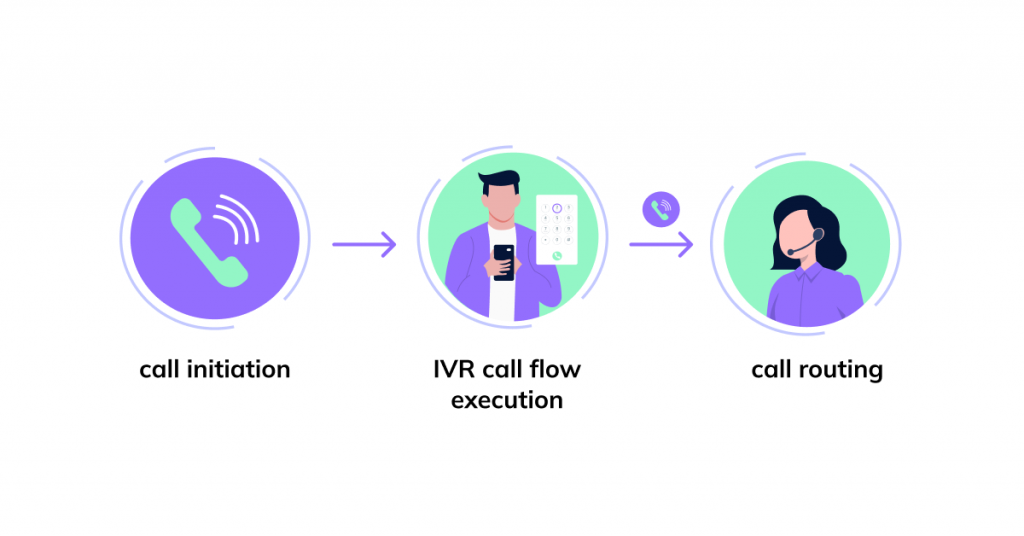
1. Outbound call initiation
The outbound IVR system automatically dials numbers on your predefined contact list from your CRM system or database, making several outbound calls simultaneously. This is usually done through an automated calling system like an auto dialer or predictive dialer. If the system detects a busy signal or a disconnected number, it hangs up and dials the next number from the list. If a live recipient picks up the call, the outbound IVR system initiates your outbound IVR call flow.
2. IVR call flow execution
Once connected to a live person, the outbound IVR system starts interacting with the call recipient through an IVR menu. It may combine voice prompts and touch-tone or voice recognition inputs to navigate the customer or prospect through your predefined IVR call flow or path. Based on the customer’s input, the IVR system will either play a pre-recorded voice message or move the customer further through your IVR flow until the desired outcome is achieved.
3. Call routing
Once all the responses from the call recipient are captured by the IVR system and processed, it may transfer the call to a live agent. Based on several variables (like the caller’s IVR menu choices or language preferences), your call routing software system will route the call to the most relevant available agent. The agent who takes the call will be provided with the IVR transcript, giving them full context and enabling them to deliver personalized interactions.
Features of Outbound IVR Software Systems
Below are some most common features outbound IVR software solutions may offer:
✓ Automated voice messages
An outbound IVR system can send automated personalized voice messages to customers or prospects. You can customize your messages to suit specific purposes, like surveys, product promotions, or proactive appointment reminders.
✓ IVR voice prompts
Just like inbound IVR software systems, outbound IVR can interact with customers using IVR voice prompts, enabling self-service actions or allowing them to answer questions and give feedback.
✓ Call transfer
Besides making automated calls and sending personalized messages, outbound IVR software systems can be configured to transfer calls to live agents based on customer responses when running outbound voice campaigns.
✓ Campaign management
Campaign management features allow you to create and manage your outbound calling campaigns. E.g., you can schedule to run your campaigns at specific days and times when customers or prospects are typically more receptive to accepting calls. Additionally, you can monitor campaign performance through reporting features.
✓ CRM integration
Seamless integration with CRM systems allows your outbound IVR to access customer data stored in your CRM and use it to personalize your automated messages based on customer details, region, language preferences, interaction history, and other factors, helping you deliver better personalization and improve engagement.
Inbound IVR vs. Outbound IVR
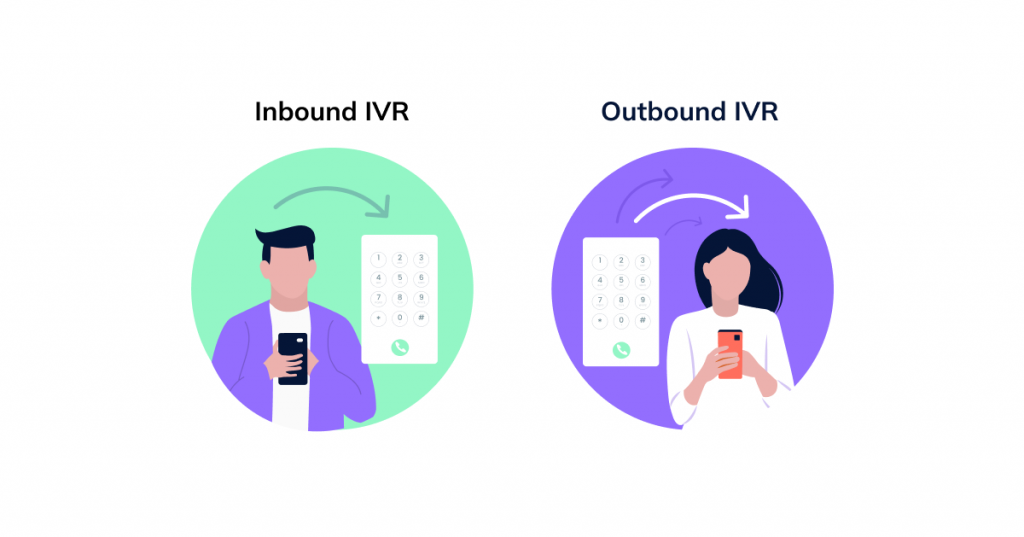
IVR systems have been around since the 1960s. While early solutions only allowed inbound callers to select options from a simple menu of choices using a dial pad, modern IVR systems have become much more sophisticated, powered by AI, automation, voice recognition, and other latest technologies and innovations. Both inbound and outbound IVR systems are now being actively used in call centers.
Inbound Interactive Voice Response systems are triggered by customer-initiated calls and are mostly used by customer service teams. The primary goal of an inbound IVR system is to capture information from incoming callers, identify each caller’s needs, and route calls to the most appropriate agent or calling queue if no agents are available to handle the call immediately. Inbound IVR also enables businesses to build self-service IVR menus, empowering customers to access the information they need independently (like checking account balances) without needing to engage with an agent.
Outbound IVR solutions, on the other hand, are automated phone systems that approach customers or prospects proactively to deliver personalized notifications, alert them, follow up on previous interactions, remind important information, engage in surveys or research, or conduct sales outreach. Based on customer inputs, outbound IVR also allows customers or prospects to connect to a live representative.
Outbound IVR vs. AI Voice Bots
While outbound IVR systems can only interact with users through pre-recorded voice prompts, AI-powered voice bots (or AI voice agents) are much more advanced and sophisticated solutions. An AI voice bot uses Automatic Speech Recognition (ASR), Natural Language Processing (NLP), and Natural Language Generation (NLG) to interact with users through natural dialogue just like a human agent would.
AI voice bots can initiate outbound calls, ask questions, provide contextually relevant information, respond to questions, and capture user information – all while engaging with users in a conversational way. And when integrated with CRM, calendar software, and other backend systems, AI voice bots can also perform certain actions like booking appointments or scheduling demo calls. On top of that, thanks to machine learning algorithms, these systems can learn from past interactions and become smarter over time.
Overall, compared to outbound IVR systems, AI-powered voice bots deliver a much better user experience, often making users feel as if they are actually interacting with a human agent rather than a bot. Besides proactive outreach, AI voice bots are also being widely used in customer service environments to answer inbound phone calls and deliver 24/7 customer support.
Recommended reading: Customer Service AI Voice Bots: The Ultimate Guide
Common Use Cases for Outbound IVR
Surveys and market research
One of the ways to leverage outbound IVR is to conduct surveys and market research. E.g., you can gather customer feedback and gauge customer satisfaction following a service interaction, event, or recent purchase. This is an excellent way to collect valuable customer insights and measure your Customer Satisfaction Score (CSAT), giving you a better understanding of where improvements are needed.
Automated notification delivery
Outbound IVR is widely used by businesses and organizations to deliver automated notifications to their customers and keep them informed. These could be reminders of scheduled events, appointment reminders, shipping and delivery updates, upcoming payment reminders, important account notifications (such as account updates or policy changes), or emergency alerts.
Outbound lead generation and sales
Paired with an auto-dialing solution, outbound IVR can be used to run outbound marketing campaigns to target customer groups or generate new potential clients. When the recipient answers the call, the outbound IVR call flow can announce the latest promotions, introduce new products, and give leads an opportunity to speak to a sales agent. That can help you filter your lead lists, identify those prospects with the highest potential, and route them to your team, ensuring your sales reps only interact with high-potential leads.
Follow-up and re-engagement
Similarly to what is mentioned above, you can use outbound IVR to re-engage potential customers. E.g., you can initiate automated outgoing calls to those who did not complete a purchase on your website. A call with an automated message can remind them to complete a specific action to finalize the purchase, helping you improve engagement and increase your overall sales.
Benefits of Using Outbound IVR in Call Centers
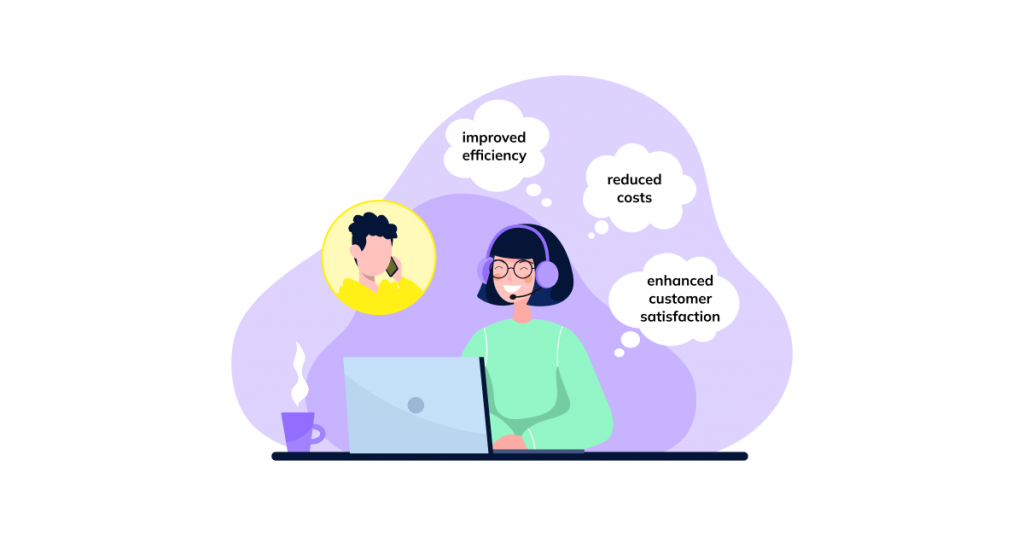
Improved agent efficiency
Outbound IVR saves your agents a great deal of valuable time and effort by automating redundant tasks that they would otherwise have to handle manually, such as dialing numbers, gathering customer information, sharing announcements or critical notifications, and answering customers’ questions. That can give your reps hours of extra time per week and significantly improve your team’s efficiency and productivity while also allowing them to focus on more complex and higher-value tasks.
Reduced call center costs
With automated outbound calling and messaging enabled by outbound IVR, you can reach out to more customers or prospects with fewer agents, helping you reduce your overall operational costs. With an advanced outbound IVR solution, you can schedule outbound calls based on specific triggers (like upcoming customer appointments or due payments) and deliver proactive notifications to your customers without having to keep your call center staffed 24/7.
Enhanced customer satisfaction
Outbound IVR can help you improve engagement, strengthen relationships with customers, ultimately increase customer satisfaction, enhance customer experience, and drive more loyalty because it empowers you to proactively deliver valuable information right when it’s relevant. As personalization and engagement are becoming more critical than ever, customers would normally appreciate your proactive communication efforts and feel valued when they receive relevant information tailored to their specific needs.
Increased sales
When synced with auto dialers or predictive dialers, outbound IVR systems can make multiple simultaneous calls at once, which naturally means you can reach a far higher number of customers or prospects in a shorter time compared to the number of calls your agents would have done manually during the same period. If you use outbound IVR to re-engage prospects or run promo campaigns, this automation can help you generate more conversions and increase sales, making outbound IVR a powerful tool for sales teams.
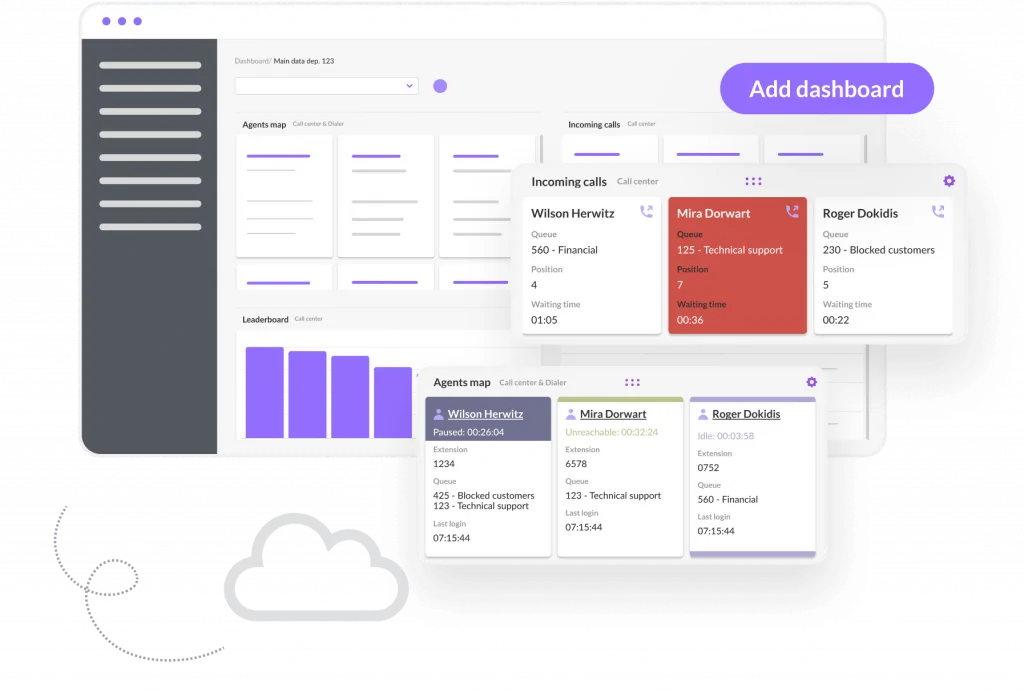
Book a demo call now to learn more about VoiceSpin’s contact center solutions for customer service and sales teams and how they can help you deliver customer service excellence or drive better sales conversions.

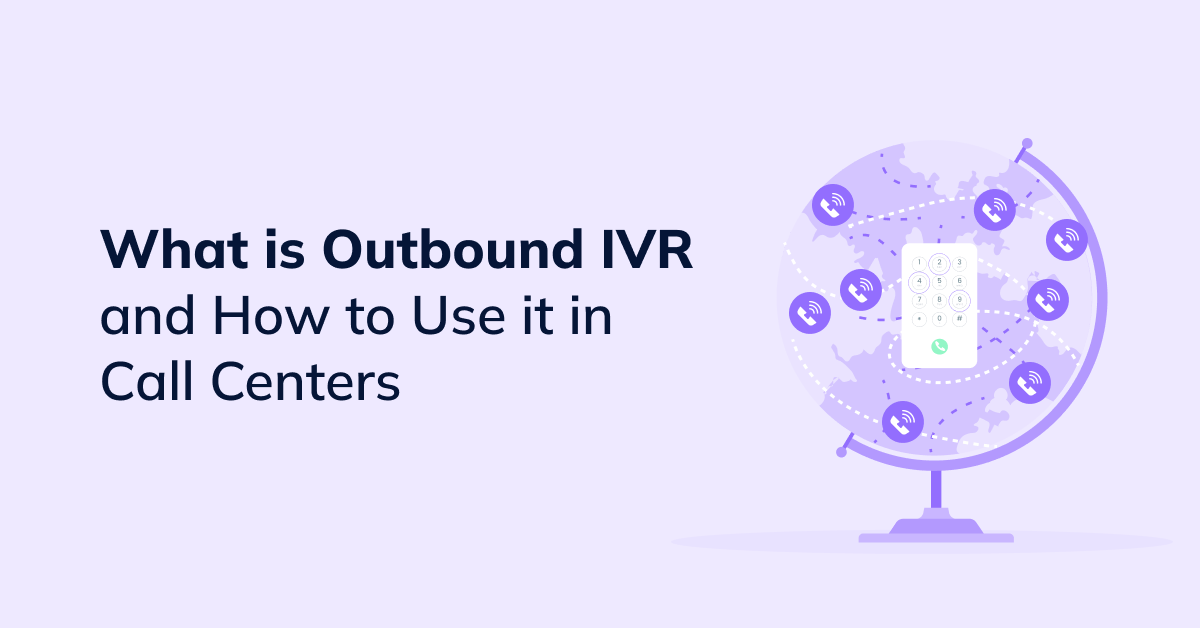

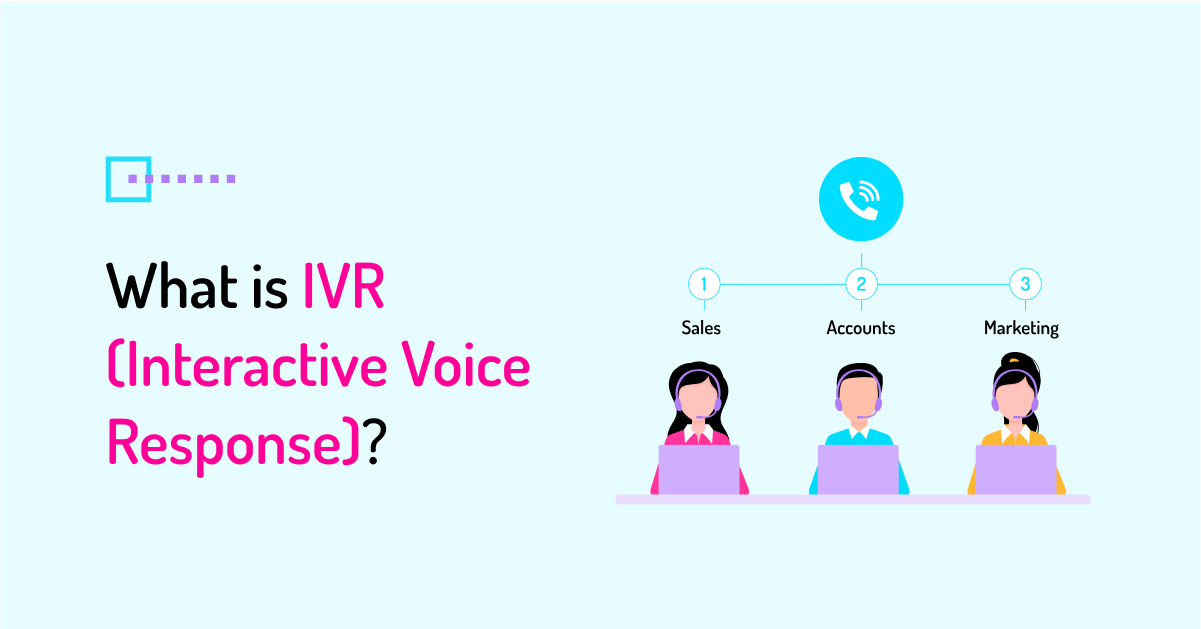
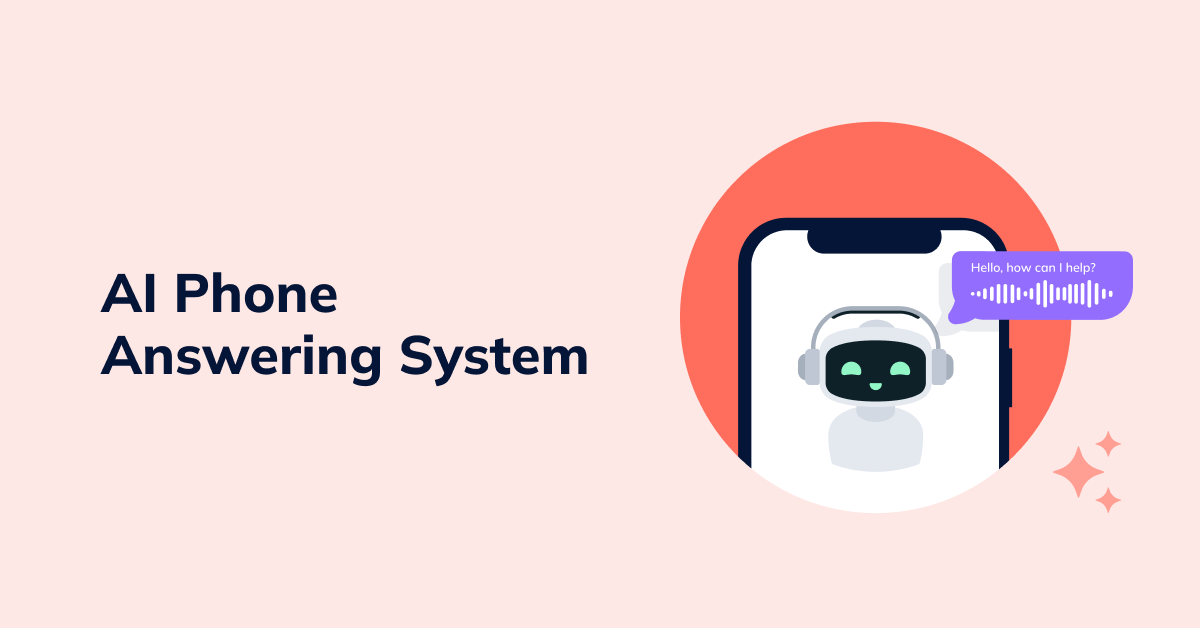
 +18889082995
+18889082995
 +442036084160
+442036084160
 +97237237006
+97237237006